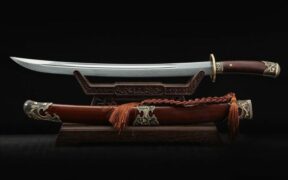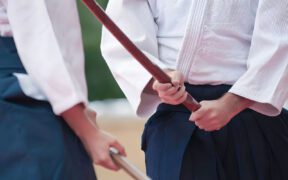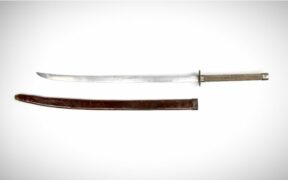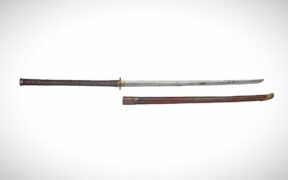Our content features commercial links to our products, committed to transparent, unbiased, and informed editorial recommendations. Learn More
Tai Chi Sword: A Martial Artist’s Guide
NO AI USED This Article has been written and edited by our team with no help of the AI
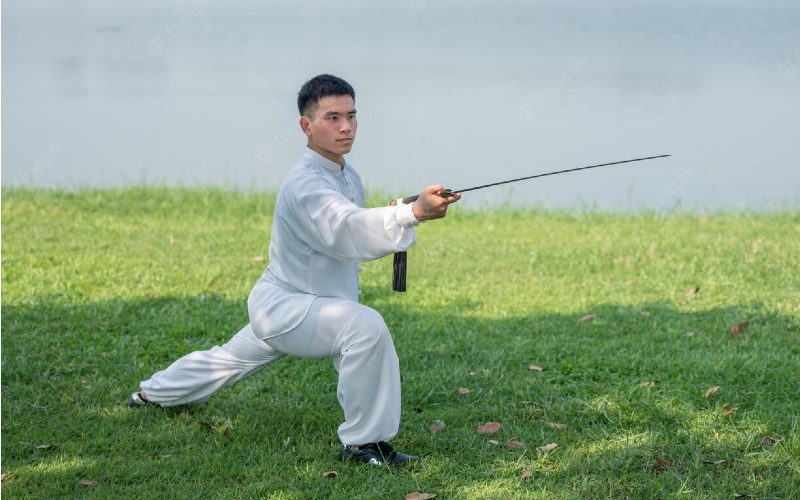
Tai chi is an efficient Chinese martial art, but learning to use the
How to Choose the Best Tai Chi Sword ?
It is challenging to find a good training
Type of Metal
Nowadays, you can find Chinese swords in varying materials, from high carbon steel blades to damascus steel blades, and so on. A training
Blade Quality
For battle-ready taiji jian, both edges are sharp, and the tip is either sharply pointed or rounded. Generally, the upper part of the blade is relatively thin and sharpened, making it ideal for attacking. Since the middle portion is thicker and less sharp, practitioners use it for cutting and sliding. On the other hand, the bottom third of the blade is thick and unsharpened, making it ideal for violent blocking.
Even for unsharpened tai chi swords, the blade must be straight when viewed down the edge. Also, the taper of the blade, from the tip to the hilt, must be smooth. There should not be any variation in its width or thickness. For taiji
Sword Length
The measurements of the tai chi
Weight and Balance
While there is no standard weight for the tai chi
Tang of the Blade
The tang is the part of the blade that extends down into the handle. A full-tang
Sword Mountings
Stainless steel might be great for fittings, but brass is more common. The brass fittings and wood finish constructing the handle and scabbard must be high quality. Unlike samurai swords, the taiji jian has a flat handguard perpendicular to the blade, rather than an oval or circular.
Most tai chi swords come with a rosewood scabbard, decorative pommel, and sometimes a
Top 3 Tai Chi Swords Available Online
If you want to master the martial applications of the tai chi chuan, we rounded up the best
1. Best Overall: Hanwei Tai Chi Sword
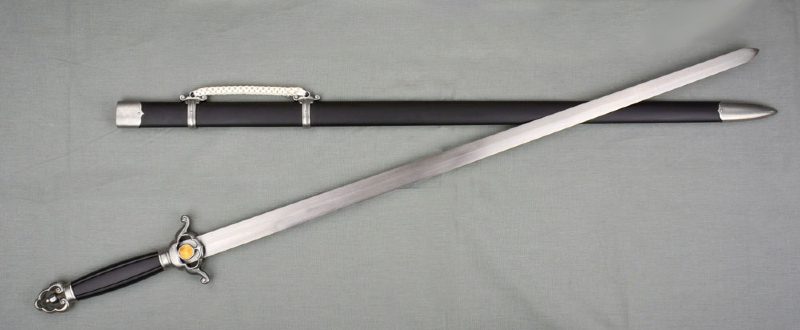
Are you looking for the perfect
For blade length, you have options between 70 centimeters to 80 centimeters. It also comes with a durable fiberglass scabbard. For a budget under $200, you can own a battle-ready
2. Best Premium: Tai Chi Practice Sword

Advanced tai chi practitioners use a metal
It also features a wooden grip, steel guard, and pommel, but it does not include a
3. Best on a Budget: Hanwei Wushu Sword

If you’re looking for a tai chi
It has an overall length of 93 centimeters, with its blade around 72 centimeters long. For a budget of less than $150, you’ll have a functional
Facts About the Tai Chi Sword
Unlike the traditional Chinese jian, the
Here are the things you need to know about the tai chi
There are many different taiji jian forms.
From the 1850s to the 1870s, Master Yang Luchan introduced the taijiquan in Beijing. During the time, there were no developed
There are five main family styles of tai chi.
All five styles—Chen, Yang, Wu, Sun, and Hao—have the same origin but have different characteristics. The oldest is the Chen style tai chi, which is also the most dynamic of all styles. However, the most widely practiced today is the Yang style tai chi, commonly referred to as moving meditation. The Wu, Sun, and Hao styles are less popular than the five. Hence, the tai chi form also varies in each family style.
In taijiquan, the qigong training is the foundation of internal strength.
In Chinese culture, qi is the universal force or energy. The term gong is a shortening of gongfu, translated as study or discipline. Hence, the term qigong refers to the study of qi. Tai chi practitioners use their minds to balance the qi to use the
Generally, the term “sword” implies jian, while the “saber” refers to dao.
In Chinese martial arts, practitioners refer to the double-edged, straight
The jian is one of the most challenging weapons to learn.
In weapons training, the saber uses power and strength, while the
Tai chi training teaches how to do the least amount of damage to the opponent.
Unlike other martial arts, tai chi focuses on the preservation of life. Hence, practitioners focus on disarming their opponent with a strike to the wrist or hand and other non-vital areas of the body. In fact, striking a vital area implies a lack of control. Still, one should learn how to defend or counter against different attacks.
What Is Tai Chi Sword Used For
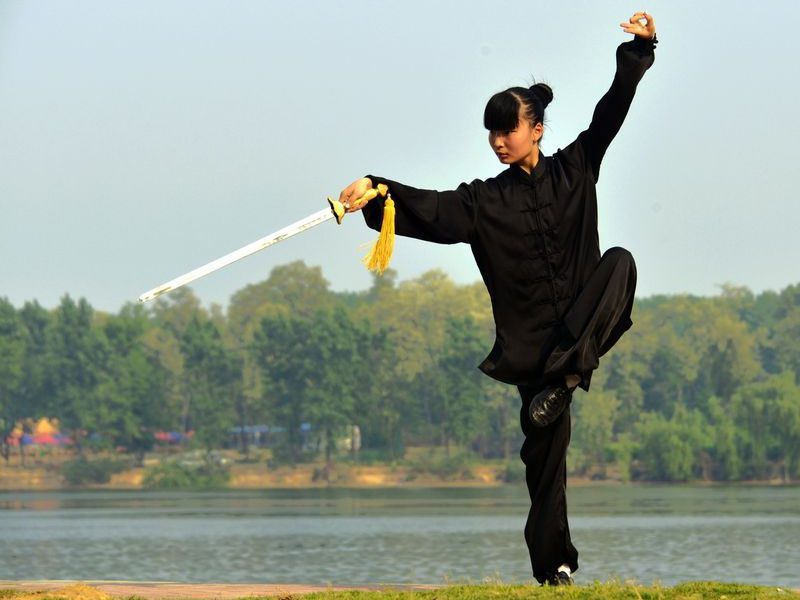
Some practitioners only practice tai chi for health and fitness benefits, with no interest in developing fighting skills. It is likely because its martial arts applications have a higher risk of injury, or these practitioners already have the basic kung fu or wushu skills. Still, when you practice with a
In the United States, practitioners traditionally practice both tai chi
For safety reasons, beginners should not use a metal jian in a partnered practice. If you want to experience the feel of a metal
Conclusion
Learning some
